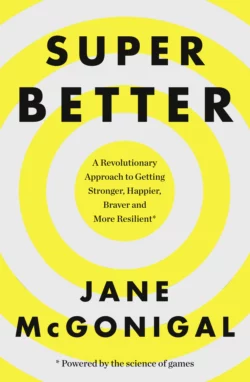SuperBetter: How a gameful life can make you stronger, happier, braver and more resilient

Jane McGonigal
Тип: электронная книга
Жанр: Саморазвитие, личностный рост
Язык: на английском языке
Стоимость: 1252.89 ₽
Статус: В продаже
Издательство: HarperCollins
Дата публикации: 16.04.2024
Отзывы: Пока нет Добавить отзыв
О книге: A revolutionary new self-help book by top flight game designer Jane McGonigal.